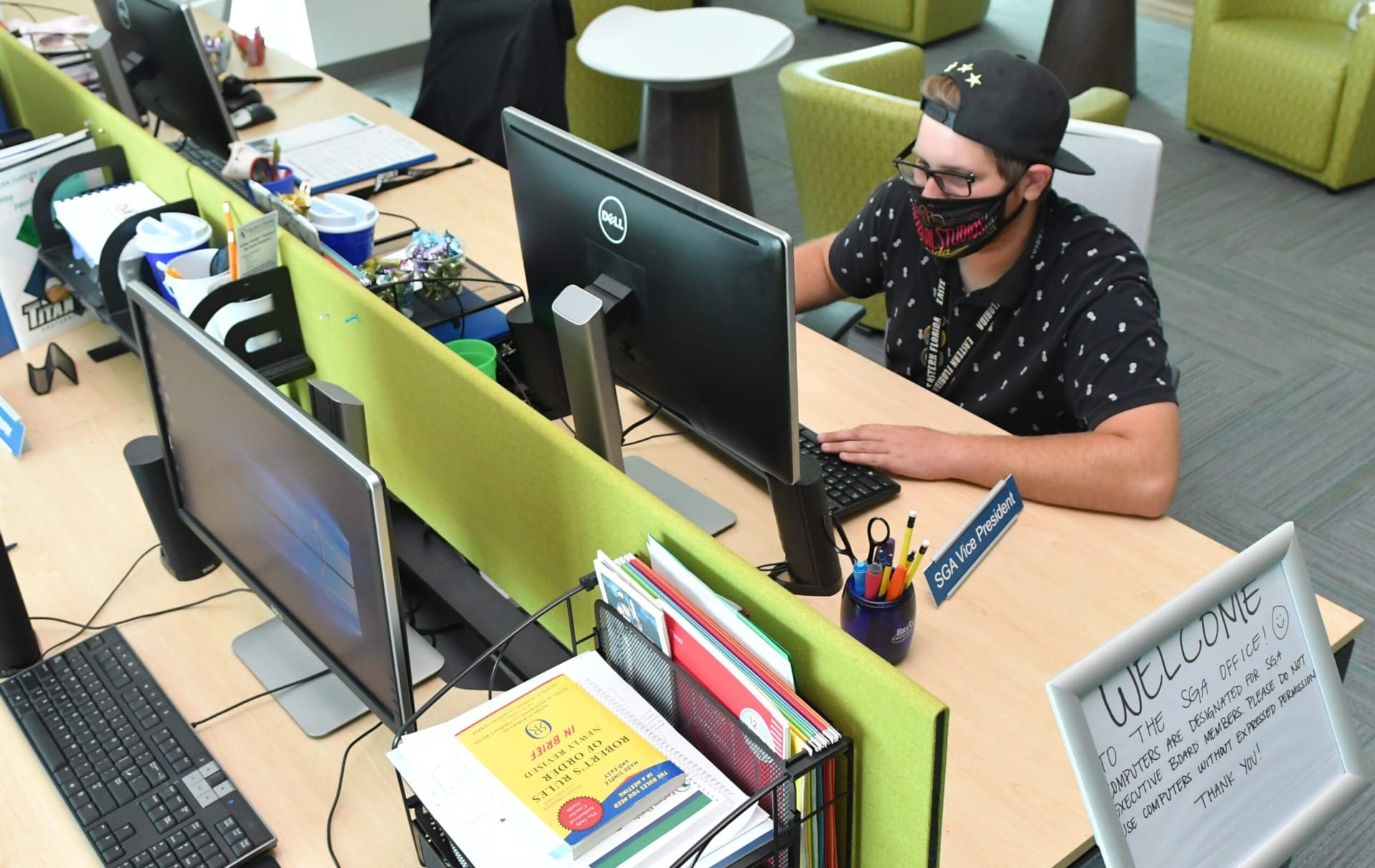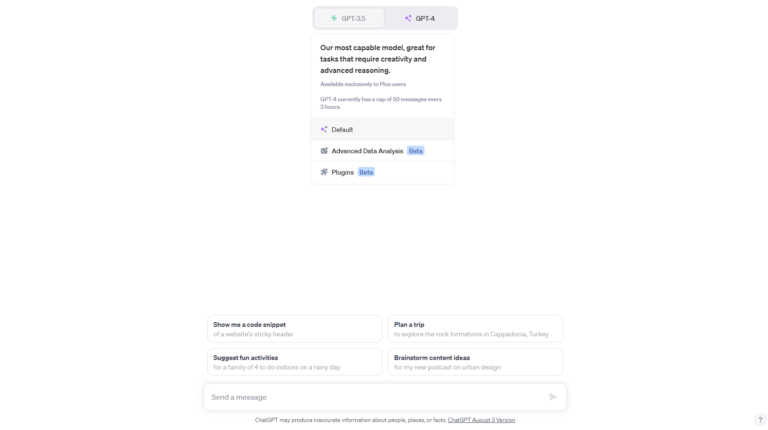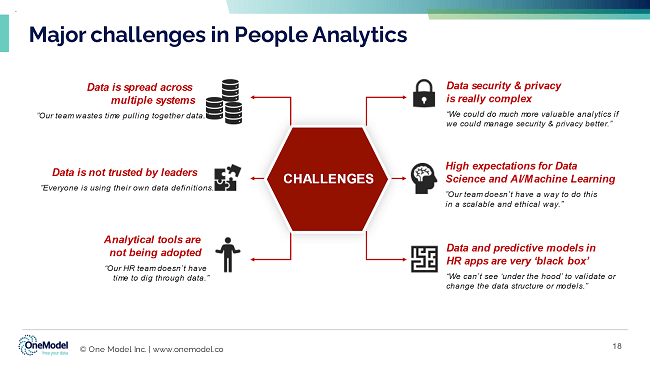
Welcome to the exciting world of virtual learning! Have you ever wondered how this educational trend impacts students in higher education? Well, you’re in the right place. In this article, we’ll dive into the fascinating topic of how virtual learning affects college and university students.
Now, virtual learning may sound like a jargon-filled term, but it’s just a fancy way of saying online education.
Think about it – instead of attending physical classes on campus, students can access their coursework, lectures, and materials through the Internet. It’s like bringing the classroom right to your fingertips!
So, how does virtual learning impact students in higher education? That’s what we’re here to explore. From the convenience of flexible schedules to the challenges of staying motivated, we’ll uncover the pros and cons of this digital educational revolution.
So strap in, because we’re about to embark on a journey through the world of virtual learning and its effects on students like you. Let’s get started!
How Does Virtual Learning Impact Students in Higher Education?
Virtual learning has a significant impact on students in higher education. It offers flexibility and convenience, allowing students to access coursework from anywhere. Additionally, virtual learning encourages self-discipline and independent learning skills.
It also promotes a multicultural and diverse learning environment, as students from different backgrounds can engage in discussions and share their perspectives. Furthermore, virtual learning enhances digital literacy and technological skills, which are crucial in today’s job market.
1. Flexibility in Learning
One of the key advantages of virtual learning in higher education is the flexibility it offers to students. With virtual learning, students have the freedom to access course materials and lectures at their convenience, enabling them to tailor their learning schedule to fit their personal and professional commitments.
This flexibility is particularly beneficial for non-traditional students, such as those who work full-time or have caregiving responsibilities.
Additionally, virtual learning eliminates the need for students to physically attend classes, allowing them to save time and money on commuting. This convenience opens up opportunities for students to pursue higher education regardless of their geographical location.
To make the most of this flexibility, students should create a dedicated study space, establish a routine, and set clear goals and deadlines for themselves to stay organized and motivated.
2. Enhanced Accessibility and Inclusivity
Virtual learning has significantly improved accessibility and inclusivity in higher education. Students with mobility impairments or other disabilities can now access education without the barriers posed by traditional classroom settings.
Online platforms can provide closed captions, screen readers, and other tools to support students with disabilities, ensuring equal access to educational resources and opportunities.
Furthermore, virtual learning has opened doors for students who may have previously faced limited educational options due to financial constraints.
By eliminating the need for physical infrastructure and resources, virtual learning can be more affordable for students, making higher education accessible to a wider audience.
However, it is important to acknowledge that technology accessibility can still be a challenge for certain students. Institutions should invest in accessible platforms, provide training and support for students, and ensure that all course materials are designed with accessibility in mind.
3. Interactive and Engaging Learning Experiences
Contrary to popular belief, virtual learning can provide interactive and engaging learning experiences for students in higher education. Online platforms often offer a variety of multimedia tools and resources, including videos, simulations, and interactive quizzes, which can enhance students’ understanding and retention of course materials.
Furthermore, virtual learning encourages active participation and collaboration among students through online discussion boards, group projects, and virtual class sessions.
These opportunities for engagement can foster critical thinking, problem-solving, and teamwork skills among students, enhancing their overall learning experience.
To fully engage with virtual learning, students should actively participate in online discussions, engage with peers and instructors, and seek feedback and clarification when needed. Developing strong time management skills is also crucial to ensure that assignments and coursework are completed promptly.
4. Challenges of Virtual Learning
While virtual learning offers numerous benefits, it also comes with its share of challenges. One of the main challenges is the lack of face-to-face interaction with instructors and peers. The absence of physical presence can sometimes lead to feelings of isolation and hinder the development of personal connections and networks.
Another challenge is the need for self-discipline and motivation. Without the structure provided by traditional classroom settings, students have to be proactive in managing their time, staying organized, and completing assignments.
Procrastination can become a major obstacle if students do not establish and stick to a routine.
Additionally, technological issues such as internet connectivity problems or software glitches can disrupt the learning process. Institutions should have adequate technical support services in place to assist students in resolving any technical difficulties they encounter.
5. Tips for Success in Virtual Learning
To excel in virtual learning, students should adopt effective strategies that align with the unique nature of online education:
- Create a dedicated study space that is free from distractions and conducive to learning.
- Establish a routine by setting specific study times and deadlines for assignments or course modules.
- Actively participate in online discussions and engage with peers to foster a sense of community and connection.
- Communicate with instructors regularly to seek clarification, ask questions, and request feedback.
- Take advantage of available resources, such as online libraries, research databases, and academic support services.
- Practice effective time management skills to stay organized and avoid procrastination.
- Stay motivated by setting goals and celebrating achievements along the way.
Frequently Asked Questions
Welcome to our guide on virtual learning and its impact on students in higher education! Below, we have compiled a list of frequently asked questions to help you understand how virtual learning affects students in this setting. Read on to discover the answers.
1. How does virtual learning affect students’ engagement in higher education?
Virtual learning can impact students’ engagement in higher education in several ways. On one hand, it provides flexibility, allowing students to access materials and participate in classes from anywhere at any time.
This flexibility can enhance student engagement by enabling them to balance personal commitments while pursuing their education.
However, virtual learning may also present challenges in terms of maintaining student engagement. Without face-to-face interactions, students may feel isolated and less motivated to actively participate in virtual classes. Institutions need to provide engaging and interactive online learning experiences to mitigate this effect and promote student engagement.
2. What are the advantages of virtual learning for students in higher education?
Virtual learning offers several advantages for students in higher education. Firstly, it provides access to a wider range of courses and programs, allowing students to choose from a variety of educational options regardless of geographical constraints. It also eliminates the need for commuting, saving students time and expenses.
Additionally, virtual learning encourages the development of self-discipline and time-management skills. Students in virtual classrooms must be proactive in organizing their study schedules and completing assignments independently, which can translate into valuable skills for their future careers.
3. Can virtual learning negatively impact student-teacher interaction in higher education?
Virtual learning can present challenges to student-teacher interaction in higher education. Without physical classroom settings, the immediacy and personal connection of face-to-face communication may be diminished.
Students may have limited opportunities for spontaneous discussions, asking questions, or seeking clarification.
To address this, educators are encouraged to use videoconferencing tools, discussion boards, and interactive online platforms to facilitate robust interactions.
They can also establish virtual office hours or one-on-one sessions to ensure personalized support for students. By adopting these strategies, student-teacher interaction can be maintained, even in a virtual learning environment.
4. Does virtual learning impact the quality of education for students in higher education?
Virtual learning, when properly executed, can maintain the quality of education for students in higher education. Online platforms and tools can provide diverse learning resources, multimedia materials, and interactive learning experiences that can be just as effective as traditional classroom methods.
However, it is crucial for institutions to ensure that faculty members are adequately trained in delivering virtual education. Technology infrastructure should also be robust to support seamless virtual learning experiences. By investing in training and resources, institutions can maintain the quality of education in the virtual realm.
5. How does virtual learning impact the social aspect of college life for students in higher education?
Virtual learning can have an impact on the social aspect of college life for students in higher education. Without the physical presence on campus, students may miss out on face-to-face interactions with peers, extracurricular activities, and the vibrant atmosphere of campus life.
To mitigate this, institutions can offer virtual social events, discussion forums, and group project collaborations to foster student connections. By creating a sense of community in the virtual environment, students can still engage socially and form meaningful connections, albeit in a different manner than traditional on-campus experiences.
Virtual learning in higher education can have both positive and negative impacts on students. On the positive side, it provides flexibility and convenience, allowing students to learn from anywhere at any time. It also offers a wide range of resources and opportunities for collaboration.
However, virtual learning can lead to feelings of isolation and limited interaction with professors and peers. It requires self-discipline and strong time management skills. Overall, virtual learning offers advantages but also presents challenges that students must navigate.
To succeed in virtual learning, students need to stay motivated, actively engage in the virtual classroom, and seek support when needed. Students need to establish a routine, set goals, and manage their time effectively.
Additionally, they should participate in discussions and group activities to foster connections with other students. Seeking help from professors and utilizing available online resources can also enhance the virtual learning experience. By being proactive and resourceful, students can make the most of their virtual learning opportunities and overcome potential hurdles.






